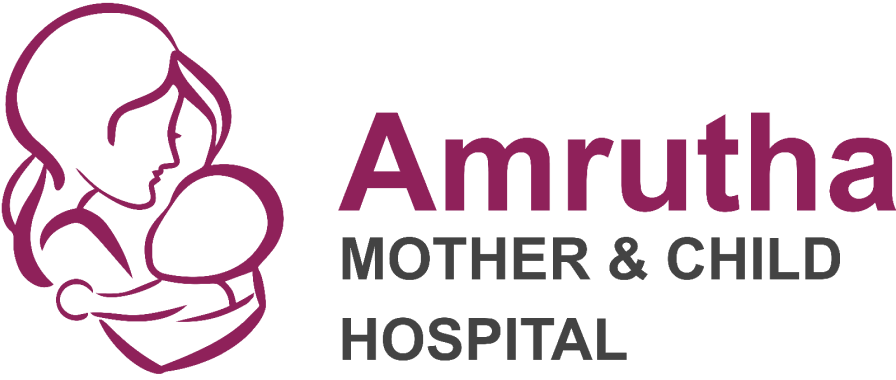

Laparoscopy and Hysteroscopy Hospital In Kakinada
Laparoscopy and hysteroscopy are advanced, minimally invasive surgical procedures used for diagnosing and treating various gynecological conditions. These procedures offer a quicker recovery, reduced discomfort, and a lower risk of complications compared to traditional surgery, ensuring optimal care and better outcomes for patients.
Procedures in Laparoscopy and Hysteroscopy
Laparoscopy
- A minimally invasive procedure where small incisions are made in the abdomen to insert a camera and surgical instruments.
- It is used for diagnosing and treating conditions such as ovarian cysts, endometriosis, fibroids, and pelvic infections.
- It allows for precise surgical interventions with minimal scarring and faster recovery.
Hysteroscopy
- A procedure where a thin, lighted tube (hysteroscope) is inserted through the cervix into the uterus to examine its interior.
- It is used to diagnose and treat uterine conditions like fibroids, polyps, adhesions, and abnormal bleeding.
- It can also be used for endometrial biopsies or removal of growths with minimal discomfort and recovery time.
Both procedures are performed with advanced technology, ensuring less invasive treatment and faster recovery, allowing women to resume normal activities more quickly.
Key Considerations in Laparoscopy and Hysteroscopy
- Patient Assessment: A thorough evaluation of the patient’s medical history, symptoms, and diagnostic tests to determine the suitability of laparoscopy or hysteroscopy for the condition.
- Anesthesia: Both procedures typically require anesthesia, and the type of anesthesia used (general or local) depends on the procedure and patient health.
- Procedure Goals: Understanding the specific condition being treated—such as endometriosis, fibroids, infertility, or abnormal bleeding—helps tailor the approach and ensure effective treatment.
- Recovery Time: Laparoscopy and hysteroscopy generally involve shorter recovery periods compared to traditional surgery, but the patient’s health and the complexity of the procedure may affect recovery time.
- Risks and Complications: Though minimally invasive, there are risks involved, such as infection, bleeding, or injury to surrounding organs, which should be discussed with the patient beforehand.
- Follow-up Care: Post-procedure monitoring to assess recovery, manage any complications, and ensure successful outcomes. This may include pain management, lifestyle recommendations, or additional treatments.
- Effectiveness: Laparoscopy and hysteroscopy are highly effective for diagnosing and treating gynecological issues, but outcomes vary depending on the condition and the skill of the surgeon.
FAQs About Laparoscopy and Hysteroscopy
- What is laparoscopy, and why is it performed?
Laparoscopy is a minimally invasive surgery using a small camera and instruments inserted through tiny abdominal incisions to diagnose or treat pelvic and abdominal issues. - What is hysteroscopy, and how does it differ from laparoscopy?
Hysteroscopy involves inserting a thin camera through the vagina and cervix into the uterus to examine or treat intrauterine conditions. It is focused solely on the uterus, unlike laparoscopy. - What conditions can laparoscopy diagnose or treat?
Laparoscopy can address endometriosis, pelvic inflammatory disease, ovarian cysts, ectopic pregnancy, fibroids, and infertility causes. - What are the common uses of hysteroscopy?
Hysteroscopy is used to diagnose or treat abnormal uterine bleeding, polyps, fibroids, adhesions, or to remove retained products of conception. - Is laparoscopy or hysteroscopy painful?
Both procedures are performed under anesthesia, so you won’t feel pain during them. Some mild discomfort or cramping may occur during recovery. - How long does it take to recover from laparoscopy or hysteroscopy?
Recovery from laparoscopy typically takes 1-2 weeks, while hysteroscopy recovery is quicker, often within a few days. - Are laparoscopy and hysteroscopy safe?
Yes, both are generally safe with a low risk of complications. However, as with any procedure, there are small risks like infection or bleeding. - Will I need to stay in the hospital after these procedures?
Most laparoscopies and hysteroscopies are outpatient procedures, meaning you can go home the same day, barring complications. - Can laparoscopy or hysteroscopy improve fertility?
Yes, both procedures can identify and treat conditions such as endometriosis, polyps, or fibroids, which may improve fertility. - What should I expect after these procedures?
After laparoscopy, you may experience bloating, shoulder pain (from gas used during surgery), or mild abdominal discomfort. Post-hysteroscopy, mild spotting or cramping is common.
